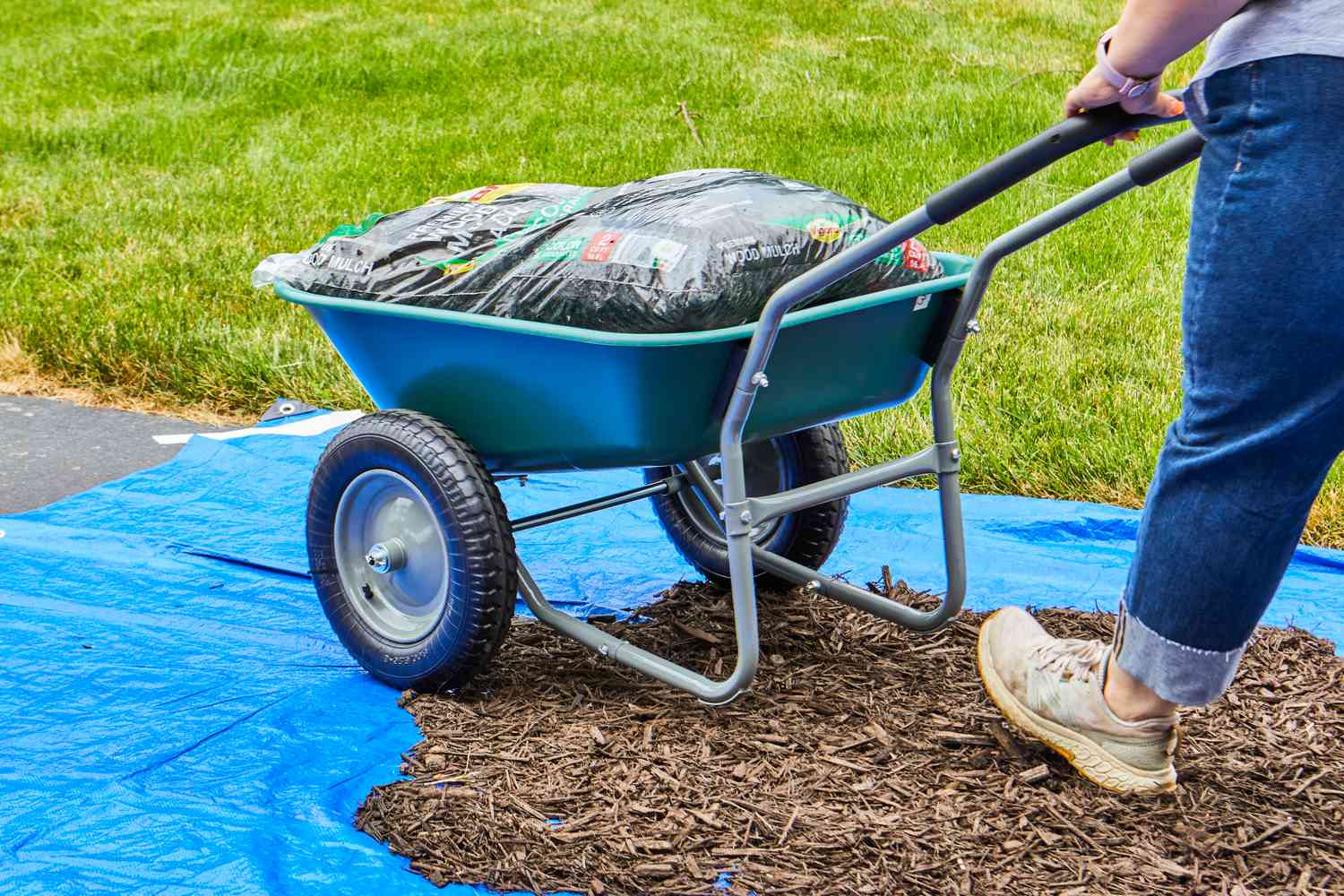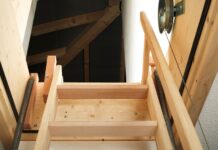Don’t get me wrong, those two-wheeled models do provide notable stability on level surfaces. However, I found that their design could lead to unintended tipping or accidents in bumpy or sloped areas. The last thing one wants is for supplies or tools to be upset, especially when attention needs to remain on other tasks at hand.
Also, the quality and design are very important for both 2 wheel wheelbarrow and a classic one. On the other hand, the fact is that the model with two weels simply isn’t for any type of work. I will share more details in the following sections.
Handling Difficulties
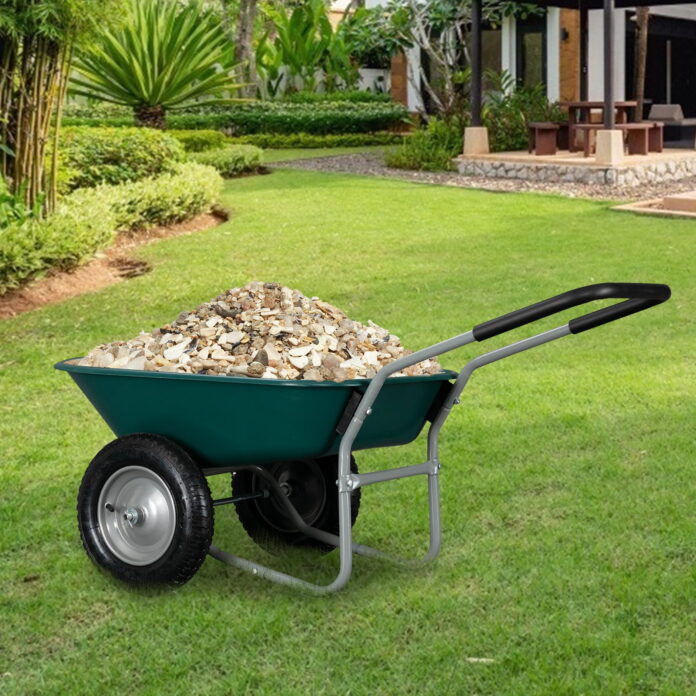
When I started at the botanical garden, I didn’t put much thought into which wheelbarrow design would suit different tasks best. After gaining more experience over the years, I realized how design impacts practicality.
The double-wheeled models provide stability on flat paths, but lack flexibility for tighter spaces. Maneuvering them in densely planted beds requires awkward movements that risk strain over long periods.
The hilly woodland sections present constant direction changes too. A fixed base hinders navigating slopes safely.
Even storage is an issue – dual-wheel barrows take up disproportionate space.
Difficulty on Uneven Terrain
Terrain challenges is an aspect I’ve witnessed firsthand in my time caring for the gardens. While the double wheels admirably smooth rolling on pathways, that can paradoxically hamper them off pavement.
Where our land shifts between slopes and dips, keeping a wide base planted grows tricky. Stability meant for flats transforms into an obstacle, prone to tipping as wheels conform to contours. Likewise, imperfections like ruts pose entanglement risks that single wheels skip easily.
Increased Space Requirements
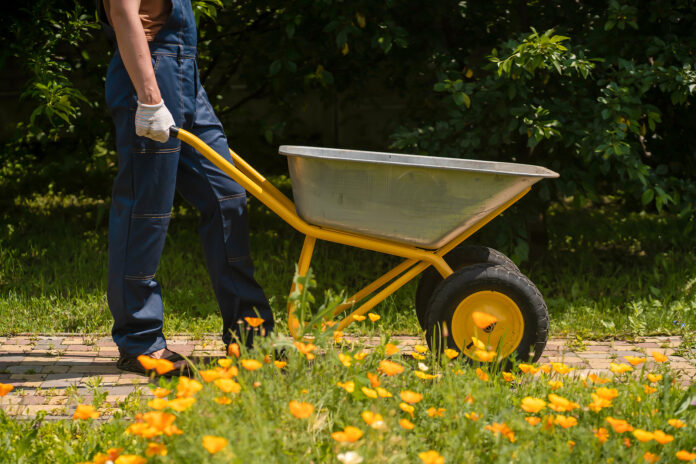
Like in our tighter gardens with tiny paths between all the plants, there just isn’t enough room to maneuver those big double wheelbarrows around. You’re constantly having to lift plants and shuffle sideways to squeeze through.
You have to choose based on the realities of each work site. Stability is great on open ground but it doesn’t mean squat if the wheelbarrow just doesn’t fit where you need to take it.
Handling and Ergonomics
With those double wheelbarrows, the weight feels more balanced when everything is flat. But man, as soon as you have to get something uphill, it becomes such a grunt. All that load is spread wider so it just doesn’t want to pivot smoothly like a single wheel can.
You really have to put your whole body into it and hope your back doesn’t give out before you reach the top! I’ve seen more than a few landscapers strain something over the years from fighting those things up a slope.
Even just simple movements require more effort I’ve noticed. Spinning the double wheels in tight spaces or making sharp turns is way more cumbersome than with a streamlined single wheel design.
Last Words
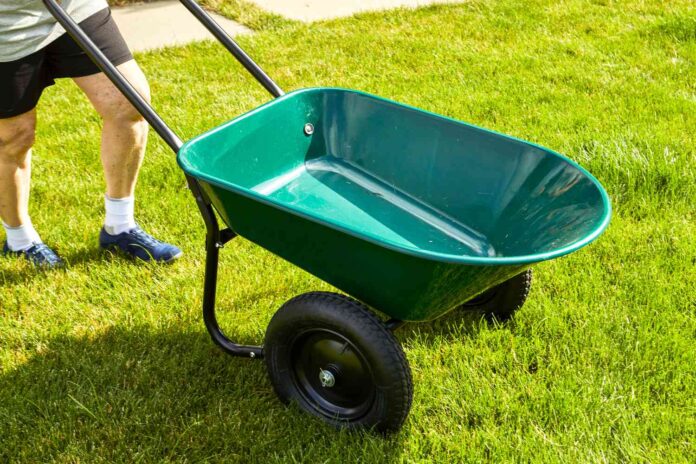
The advantages of double-wheeled wheelbarrows are clear in ideal settings. However, as the demands of one’s work environment become more challenging or variable, their limitations tend to outweigh those benefits. Whether navigating uneven terrain, difficult loads, or tight spaces, the design traits that foster stability can in turn promote strain or inefficiency.
Those of us who have spent years on the job understand firsthand how each working condition, from landscape to storage, requires tailored tools. No single product fits all circumstances equally well.

